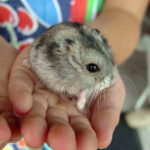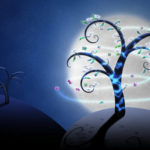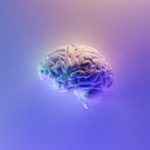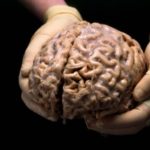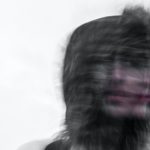Why do people sleepwalk?
Sleepwalking is known as somnambulism in medical terminology. This is a sleep disorder that is characterized by walking during deep sleep. The person has no memory of the event or acts during an episode of sleepwalking.
A normal person’s sleep is of two types, deep sleep (slow-wave sleep) and shallow sleep or rapid eye movement sleep (REM). Both these sleep patterns alternate at night. The majority of the time is occupied by deep sleep, whereas shallow sleep is 5 to 15% of the total duration.
Scientific studies have shown that sleepwalking is related to a delay in maturation. EEG shows high voltage delta waves which reflect an immaturity of cerebral development in these patients.
Features of sleepwalker
This disorder usually starts during young childhood, between the ages of 4 to 8 years, and may disappear with the onset of adolescence. It is more commonly seen in boys than girls. It may be an occasional episode in a few children and is known to run in families. The incidence can be 45 to 60% depending on whether one or both parents are affected. Many children also have bedwetting disorders. With advancing age the incidence reduces.
Any increase in mental stress is associated with increased sleepwalking in affected patients. It is also probably associated with underlying minor neurological abnormalities. It is also aggravated by severe tiredness and sleep deprivation. During an episode of sleepwalking, these people are at risk of accidental injury due to falls.
These people are reported to perform many activities during their sleep as they would have done while awake. Many of these activities involve high motor skills like dressing up, screaming, talking, going to the toilet, cooking, and driving a vehicle. In many situations, acts of violence have been performed. These may be related to hallucinations when the affected person responds to these hallucinations with violent behavior. If an episode terminates during such an activity, it results in awakening followed by confusion. The person usually returns to sleep without any memory of the act or of awakening.
Diagnostic Criteria
The clinical diagnostic criteria are listed below:
- Two or more episodes of rising from bed during early sleep and walking about for a few minutes to half an hour.
- During sleepwalking, the individual has a blank or expressionless face. the eyes are open and staring into blank. The person does not respond to stimuli or communication and awakening is very difficult.
- After waking up, there is no memory of the previous event.
- After waking up from a sleepwalking event, there may be a short period of confusion but there is no impairment of mental activity or behavior.
- Any organic disorder of brain-like dementia or epilepsy should be excluded.
Treatment of sleepwalking
Treatment of this disorder involves educating the patient about this condition and the risk of injury to self and others. The patient and family members should be reassured that this condition is not associated with any psychiatric illness. The importance of adequate sleep and avoidance of sleep deprivation should be stressed. Some cases of sleepwalking are associated with certain drugs and these should be avoided. Some of the drugs which reduce slow-wave or deep sleep have been tried with success. Injuries can be prevented by rearranging the house. Dangerous and sharp objects like sharps and firearms should be put away. During a sleepwalking episode, the person should be gently guided back to the bed. Attempts at waking up should not be made as they may result in confusion and disorientation.
Sleepwalking is a disorder that raises the concerns of the family as the affected person is prone to injuries. The affected child may not understand the implications of this condition even if explained. Hence it poses a very big responsibility on the parents to care for the child or even an adult. A timely physician’s advice reassures the family in taking care of the affected person.





